Do Solar Spotlights or Solar Wall Lights Work Better for Security?
When it comes to keeping your home safe at night, solar-powered lighting is a smart, eco-friendly choice. Homeowners often wrestle with the decision between solar spotlights and solar wall lights for security purposes. Both have their strengths, but which one truly shines for keeping your property secure? Let’s break it down by comparing their features, functionality, and ideal use cases to help you make an informed choice.
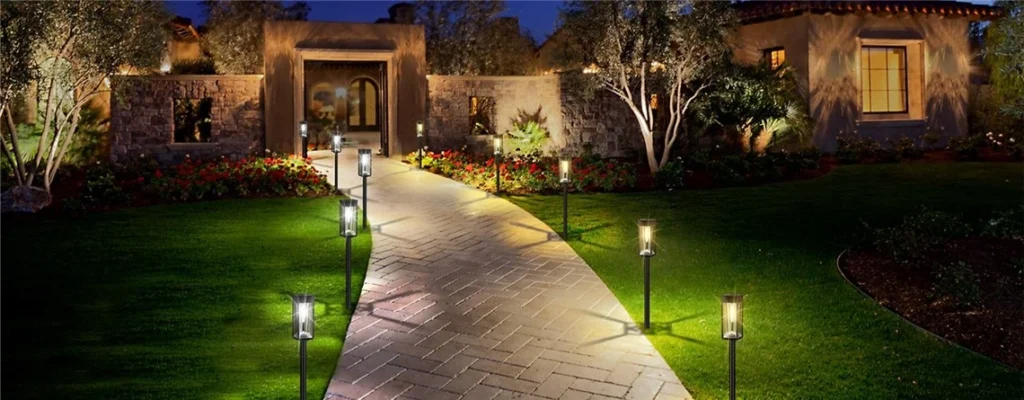
Brightness & Coverage: Focused vs. Wide Illumination
- Solar Spotlights: These pack a punch with intense, narrow beams. They’re designed to light up specific areas—like a driveway or a dark corner of your yard—with high lumens (often 600–1000+). Their focused beam is great for highlighting potential entry points but can leave surrounding areas dim.
- Solar Wall Lights: These provide softer, broader illumination, typically ranging from 100–400 lumens. They’re ideal for lighting up larger zones like porches or walkways, creating a welcoming glow that deters intruders by reducing shadowy hiding spots.
- Key Difference: Spotlights are like a laser pointer—bright and targeted. Wall lights are more like a flashlight, spreading light evenly over a wider area. For security, spotlights excel at pinpointing threats, while wall lights ensure fewer dark patches.
Choosing between them depends on what you need illuminated. A mix of both might cover all bases—spotlights for precision, wall lights for general visibility.
Installation: Flexibility vs. Stability
- Solar Spotlights: These are the free spirits of outdoor lighting. You can stake them into the ground or mount them on walls, fences, or poles. This versatility lets you adjust their position to target new areas as needed, like shifting them to light up a new garden path. However, ground-staked models can be knocked over in high winds.
- Solar Wall Lights: These are fixed fixtures, typically screwed or bolted onto walls or eaves. Once installed, they’re rock-solid, immune to tipping or shifting. The downside? You’re locked into their position unless you’re ready to drill new holes.
- Considerations: Spotlights win for adaptability, especially if you rent or like to rearrange your setup. Wall lights are better for permanent, no-fuss installations, particularly near entryways.
Ease of setup matters for security. Spotlights let you experiment with angles to cover blind spots, while wall lights offer reliable, set-it-and-forget-it placement.
Sensor Sensitivity: Motion Detection vs. Always-On
- Solar Wall Lights: Most models come with built-in motion sensors, activating only when they detect movement within a range (typically 10–26 feet). This saves battery life and startles potential intruders with sudden light. However, sensitivity varies—cheaper models might miss subtle movements or trigger too easily from passing animals.
- Solar Spotlights: These often lack motion sensors, staying on at full or dimmed brightness throughout the night. Some high-end models include sensors, but they’re less common. Continuous light can be a deterrent but drains the battery faster.
- Security Impact: Motion-sensing wall lights are great for alerting you to activity, especially near doors or windows. Spotlights, with their constant glow, make your property look occupied but may not react to specific threats.
For dynamic security, wall lights with sensors are hard to beat. If you prefer a steady deterrent, spotlights keep things consistently lit.
Battery & Runtime: How Long Do They Last?
- Battery Capacity: Solar lights rely on rechargeable batteries, measured in milliampere-hours (mAh). Spotlights typically have larger batteries (2000–4000 mAh) to power their intense beams, while wall lights use smaller ones (1000–2000 mAh) for softer light. Higher mAh means longer runtime, but it also depends on sunlight exposure.
- Runtime: On a full charge, spotlights can last 6–12 hours, though high-lumen models may drain faster. Wall lights, especially those with motion sensors, can stretch to 8–15 hours since they’re not always on. Cloudy days can cut runtime for both, as solar panels need direct sunlight to charge efficiently.
- Charging Efficiency: Both rely on solar panels, but panel size matters. Spotlights often have larger, adjustable panels to catch more sun, while wall light panels are smaller and fixed, which can limit charging in shady spots.
For security, you need lights that last through the night. Spotlights are power-hungry but reliable with good sun exposure. Wall lights, especially sensor-equipped ones, conserve energy for longer coverage.
-4-1024x400.webp)
Weather Resistance: Can They Handle the Elements?
- IP Ratings Explained: Weather resistance is measured by IP (Ingress Protection) ratings. Most solar spotlights and wall lights are rated IP65 or IP67. IP65 means they’re dust-tight and can handle water jets (like heavy rain). IP67 goes further, surviving temporary submersion (e.g., puddles during a storm).
- Solar Spotlights: Many are IP65, suitable for most outdoor conditions. Higher-end models may hit IP67, ideal for flood-prone areas. Ground-staked spotlights need sturdy anchoring to withstand wind.
- Solar Wall Lights: These often lean toward IP65, as their fixed position protects them from pooling water. Some premium models are IP67, offering extra durability for exposed locations.
- Real-World Performance: Both handle rain and snow well, but IP67 is better for extreme conditions like coastal storms. Check seals and mounting hardware to prevent water ingress over time.
Security lights must work in all weather. IP67 models (spotlights or wall lights) are the safest bet for harsh climates, but IP65 suffices for milder regions.
Best Use Cases: Where Each Shines
- Solar Spotlights:
- Driveways: Their intense beam lights up vehicles or approaching figures, making it hard for anyone to sneak by unnoticed.
- Garage Fronts: Highlight entry points or deter tampering with tools stored outside.
- Dark Corners: Perfect for illuminating secluded areas like backyards or side alleys where intruders might lurk.
- Solar Wall Lights:
- Porches: Soft, wide light creates a welcoming yet secure entry, discouraging loiterers.
- Entry Doors: Motion sensors catch anyone approaching, alerting you to potential threats.
- Walkways: Broad coverage ensures safe navigation and reduces hiding spots along paths.
For maximum security, think about your property’s layout. Spotlights are best for targeted, high-risk zones. Wall lights excel at covering entry points and general areas.
Combining Both for Ultimate Security
Why choose one when you can use both? A layered approach maximizes protection:
- Spotlights for Perimeter: Place them along driveways, fences, or dark corners to create a strong outer defense. Their bright beams act as a first warning to deter intruders.
- Wall Lights for Entry Points: Install motion-sensing wall lights near doors and porches. They’ll activate when someone gets too close, alerting you to immediate threats.
- Strategic Placement: Position spotlights to cover blind spots and wall lights to illuminate high-traffic areas. Ensure solar panels get enough sunlight to keep batteries charged.
- Maintenance Tips: Clean solar panels monthly to maintain efficiency. Check batteries annually and replace them if runtime drops significantly.
This combo ensures no part of your property is left in the dark. Spotlights scare off intruders from a distance, while wall lights catch anyone who gets too close.
A Balanced Approach Wins
Solar spotlights and solar wall lights each bring unique strengths to home security. Spotlights deliver intense, focused light for specific areas like driveways or garages, making them ideal for pinpoint deterrence. Wall lights, with their broader coverage and motion sensors, are perfect for entryways and porches, reacting to threats in real time. Battery life and weather resistance vary, but both can perform reliably with proper placement and maintenance.
For the best security, don’t settle for one or the other—use them together. Spotlights can guard your perimeter, while wall lights protect your home’s entry points. This layered strategy ensures your property stays safe, sustainable, and well-lit, no matter the time of night.

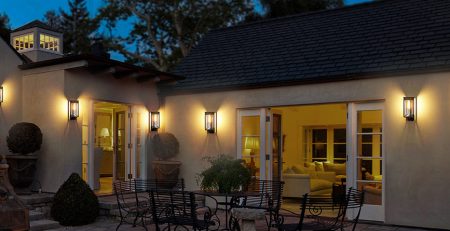
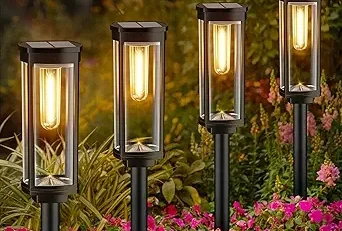


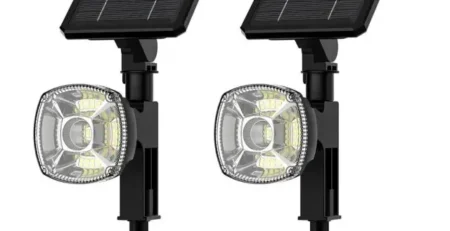
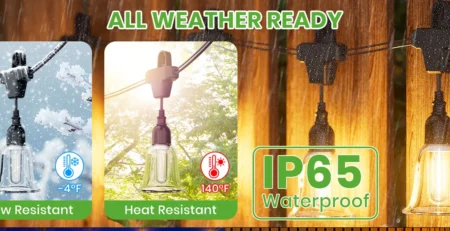

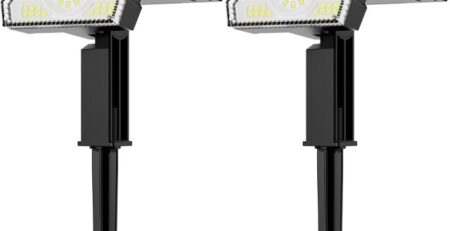
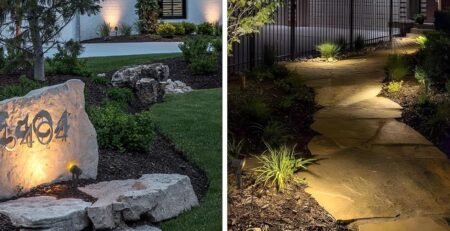
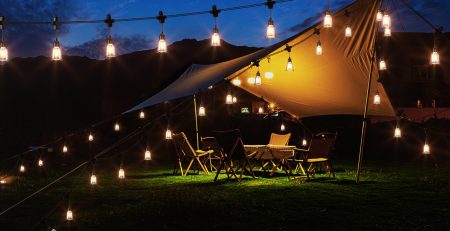
Leave a Reply